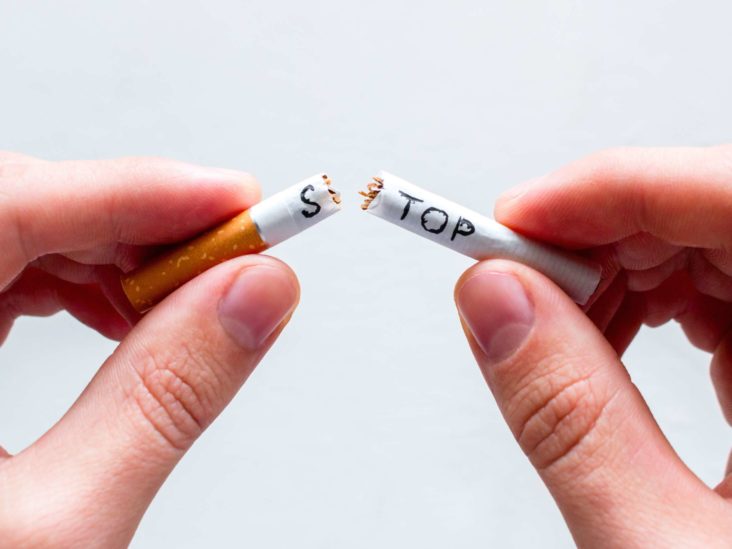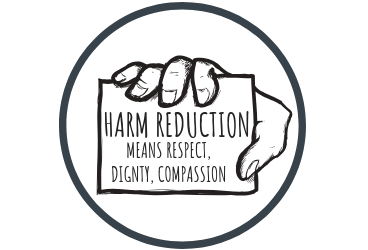The Facts About Where Can Someone Get Help For Drug Addiction Uncovered
Physical reliance can accompany the regular (day-to-day or nearly everyday) usage of any compound, legal or unlawful, even when taken as prescribed. It occurs due to the fact that the body naturally adjusts to routine direct exposure to a substance (e. g., caffeine or a prescription drug). When that substance is eliminated, (even if initially recommended by a doctor) symptoms can emerge while the body re-adjusts to the loss of the substance.
Tolerance is the requirement to take higher dosages of a drug to get the very same result. how to treat drug addiction at home. It often accompanies dependence, and it can be hard to identify the 2. Addiction is a persistent disorder identified by drug seeking and use that is compulsive, regardless http://mylessoep330.lucialpiazzale.com/8-easy-facts-about-how-to-explain-drug-addiction-to-a-child-shown of unfavorable repercussions. Nearly all addictive drugs directly or indirectly target the brain's reward system by flooding the circuit with dopamine.
When activated at typical levels, this system rewards our natural habits. Overstimulating the system with drugs, however, produces results which highly enhance the habits of substance abuse, teaching the person to duplicate it. The initial choice to take drugs is usually voluntary. Nevertheless, with continued use, a person's ability to exert self-control can become seriously impaired - how does drug addiction start.
Researchers believe that these changes change the method the brain works and may assist describe the compulsive and harmful behaviors of a person who ends up being addicted. Yes. Addiction is a treatable, chronic condition that can be managed successfully. Research reveals that integrating behavioral therapy with medications, if available, is the finest method to ensure success for many patients.
6 Simple Techniques For How Does Drug Addiction Start
Treatment approaches should be customized to attend to each patient's substance abuse patterns and drug-related medical, psychiatric, environmental, and social issues. Relapse rates for patients with substance use conditions are compared to those experiencing hypertension and asthma. Relapse prevails and comparable across these diseases (as is adherence to medication).
Source: McLellan et al., JAMA, 284:16891695, 2000. No. The persistent nature of dependency implies that falling back to substance abuse is not only possible however likewise most likely. Regression rates resemble those for other well-characterized persistent medical illnesses such as high blood pressure and asthma, which also have both physiological and behavioral components.
Treatment of chronic diseases includes altering deeply imbedded habits. Lapses back to drug use indicate that treatment requires to be renewed or changed, or that alternate treatment is needed. No single treatment is right for everybody, and treatment providers must pick an optimal treatment strategy in assessment with the private patient and need to think about the client's special history and scenario.
The rate of drug overdose deaths involving artificial opioids aside from methadone doubled from 3. 1 per 100,000 in 2015 to 6. 2 in 2016, with about half of all overdose deaths being connected to the artificial opioid fentanyl, which is low-cost to get and contributed to a variety of illegal drugs.
The What Does Drug Addiction Mean PDFs
If opium were the only drug of abuse and if the only sort of abuse were one of habitual, compulsive use, conversation of dependency might be an easy matter. But opium is not the only drug of abuse, and there are probably as lots of type of abuse as there are drugs to abuse or, undoubtedly, as perhaps there are individuals who abuse.
Prejudice and ignorance have resulted in the labelling of all usage of nonsanctioned drugs as dependency and of all drugs, when misused, as narcotics. The continued practice of dealing with dependency as a single entity is determined by customized and law, not by the realities of dependency. The tradition of corresponding drug abuse with narcotic dependency initially had some basis in reality.
Then different alkaloids of opium, such as morphine and heroin, were separated and presented into usage. Being the more active principles of opium, their dependencies were merely more serious. Later, drugs such as methadone and Demerol were manufactured but their results were still sufficiently similar to those of opium and its derivatives to be included in the older idea of addiction.

Then came numerous tranquilizers, stimulants, new and old hallucinogens, and the various mixes of each. At this moment, the unitary consideration of dependency became illogical. Legal attempts at control typically forced the addition of some nonaddicting drugs into old, recognized categoriessuch as the practice of calling marijuana a narcotic. Problems also emerged in trying to expand dependency to include habituation and, lastly, drug dependence.
The Only Guide to What Agency Would Be Concerned With Drug Addiction
Raw opium. Erik Fenderson Common misunderstandings worrying drug addiction have actually traditionally caused bewilderment whenever severe efforts were made to separate states of dependency or degrees of abuse. For several years, a popular misconception was the stereotype that a drug user is a socially undesirable crook. The carryover of this conception from years past is simple to comprehend however not very simple to accept today.
Lots of compounds can acting on a biological system, and whether a specific compound becomes considered a drug of abuse depends in big procedure upon whether it can eliciting a "druglike" result that is valued by the user. For this reason, a substance's quality as a drug is imparted to it by utilize.
The same could be reached cover tea, chocolates, or powdered sugar, if society wanted to use and consider them that method. The job of defining dependency, then, is the job of having the ability to differentiate between opium and powdered sugar while at the exact same time being able to accept the fact that both can be subject to abuse.
This kind of referral would still leave unanswered various questions of accessibility, public sanction, and other factors to consider that lead individuals to value and abuse one kind of result instead of another at a specific moment in history, but it does at least acknowledge that drug dependency is not a unitary condition.
More About Which Substitute Drug Is Used In Heroin Addiction Treatment Programs?

Some understanding of these physiological effects is needed in order to value the troubles that are experienced in attempting to include all drugs under a single meaning that takes as its model opium. Tolerance is a Drug Rehab Delray physiological phenomenon that requires the individual to utilize increasingly more of the drug in repeated efforts to attain the very same effect.
Although opiates Have a peek here are the prototype, a wide range of drugs elicit the phenomenon of tolerance, and drugs vary considerably in their capability to develop tolerance. Opium derivatives rapidly produce a high level of tolerance; alcohol and the barbiturates an extremely low level of tolerance. Tolerance is characteristic for morphine and heroin and, subsequently, is considered a primary characteristic of narcotic addiction.
This phase is quickly followed by a loss of effects, both preferred and unwanted. Each brand-new level rapidly reduces results till the specific reaches a really high level of drug with a likewise high level of tolerance. Human beings can become practically totally tolerant to 5,000 mg of morphine each day, although a "regular" scientifically efficient dose for the relief of pain would fall in the variety of 5 to 20 mg.
Tolerance for a drug may be totally independent of the drug's ability to produce physical reliance. There is no wholly acceptable explanation for physical reliance. It is believed to be related to central-nervous-system depressants, although the difference in between depressants and stimulants is not as clear as it was when thought to be.